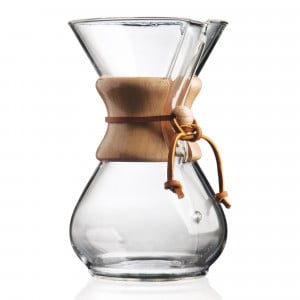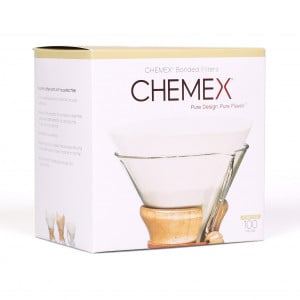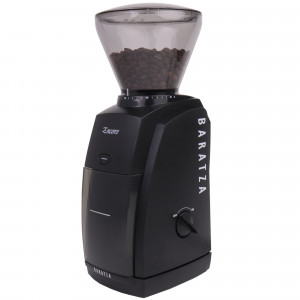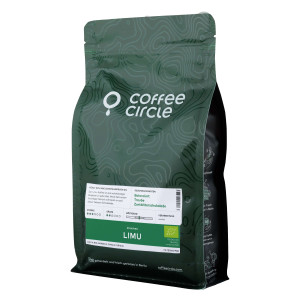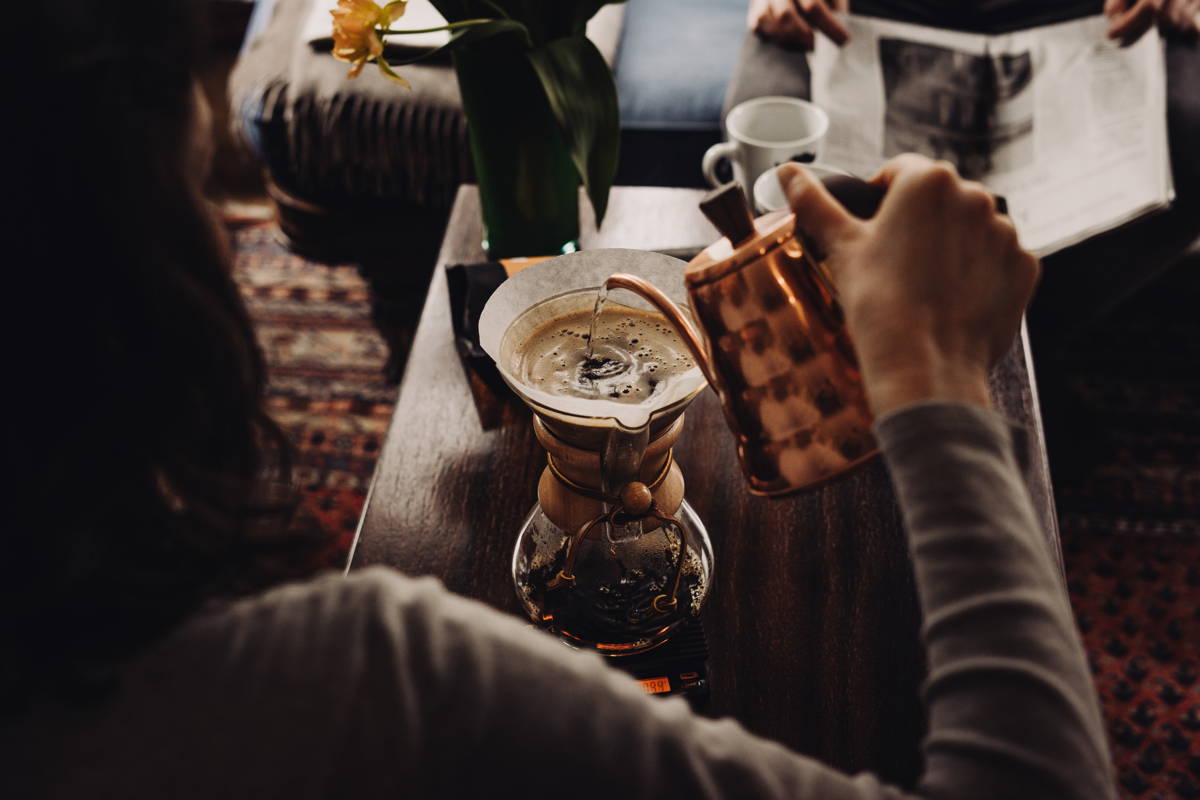
Brewing coffee with the Chemex
At a glance
- Amount of coffee
38 g - Grind
Medium - Amount of water
600 ml - Temperature
96 °C - Brewing time
4 - 5 min
What you need:
Coffee – Our favorite for Chemex is the floral Yirgacheffe coffee
Precision scale, like the Acaia digital scale
The Chemex carafes are experiencing a wonderful renaissance in the coffee scene. The coffee carafe was developed in 1939 by Peter Schlumbohm, an emigrated German engineer. Today the design classic can even be found in the New York Museum of Modern Art (MoMA).
Coffee prepared in the Chemex carafe is characterised by a clear coffee aroma. For us, the Chemex is one of the favourite ways of preparing coffee, which we warmly recommend to you.
Attention: You own the Chemex 3 Cup? For the small Chemex we recommend using 20 g of coffee per 300 ml of water. For the Chemex 8 Cup we recommend 48 g of coffee per 800 ml of water and for the big 10 Cup Chemex you can use 65 g of coffee per 1000 ml of water. The processing time should be 4 – 5 minutes.
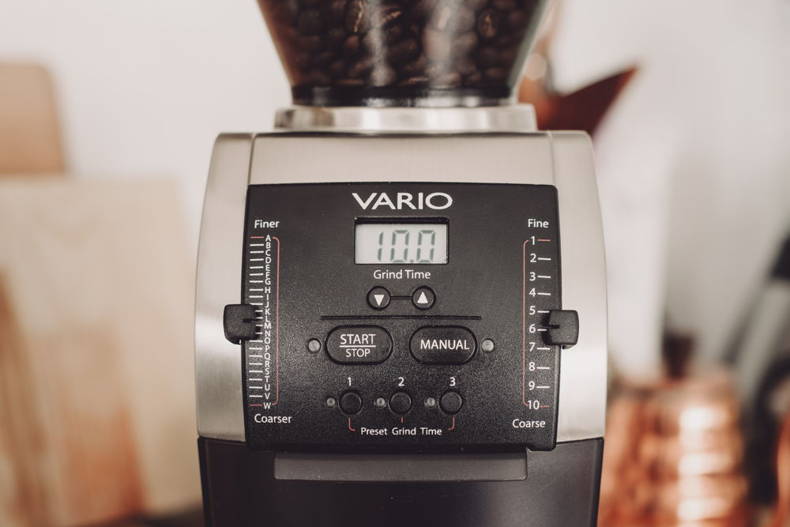
1Grind the coffee for the Chemex best in a medium to slightly coarse setting. The structure of the ground coffee should remind you of table salt. The more coffee powder you use, the coarser the grind should be, so that the optimum extraction time of 4 to 5 minutes is maintained. To check if you have chosen the right grind, you can stop the brewing time. If the brewing time is significantly longer than 5 minutes, too many substances (including bitter substances) are dissolved from the coffee and the coffee tastes burnt (over-extraction). If the brewing time is much shorter than 3 minutes, not enough aromas are released from the coffee and the result tastes a little thin and weak in aroma (sub-extraction).
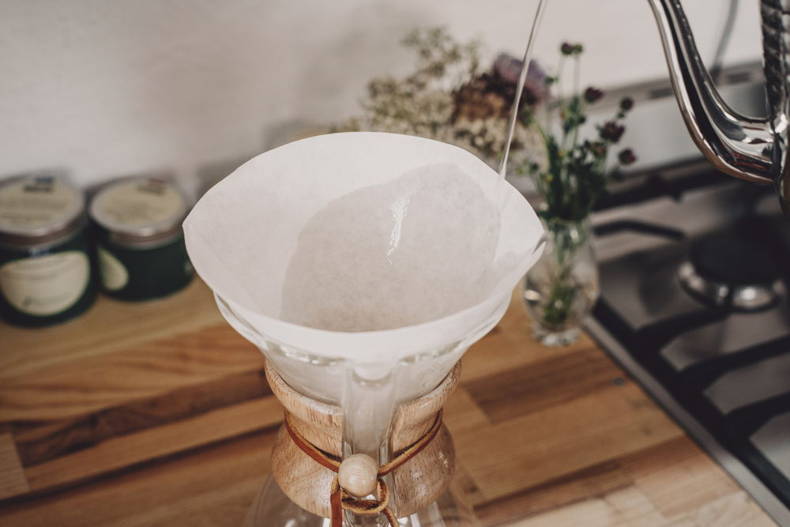
2The special Chemex filters are finer pored and thicker than conventional filters. This means that more sediment and oils are filtered out, which is responsible for the particularly clear coffee taste of the Chemex carafe. In addition, they withstand the hot steam escaping again and therefore do not close the pouring spout of the carafe. In contrast to conventional filters, the Chemex filters are conical at the bottom and facilitate a more even extraction. Insert the prefolded Chemex filter into the funnel of the carafe so that the three-layer side faces the front. This is important so that the filter paper does not get into the spout later when pouring. Now rinse hot water through the filter to remove the slight inherent taste of the paper filter and preheat the jug. Then pour out the water.
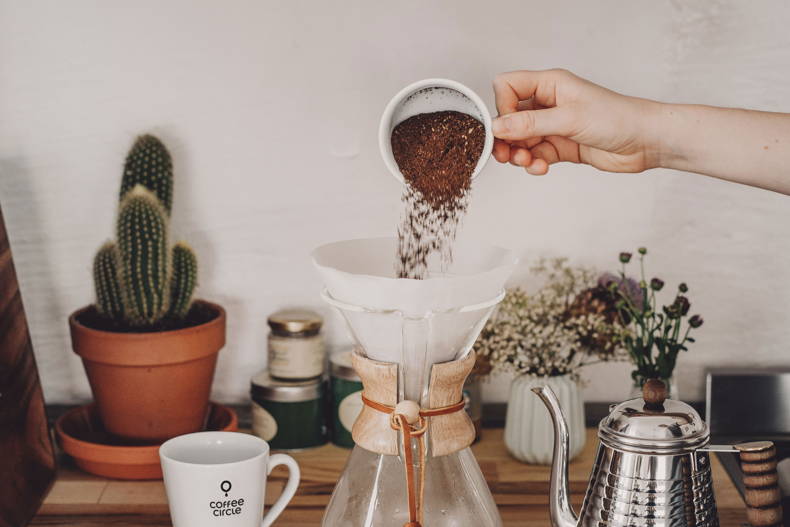
3Use 38 g of freshly ground coffee powder for the 6-cup Chemex (at 600 ml) or 48 g for the 8-cup carafe (800 ml). Pour the powder into the damp paper filter and shake the carafe a little so that the powder is distributed evenly and level in the filter.
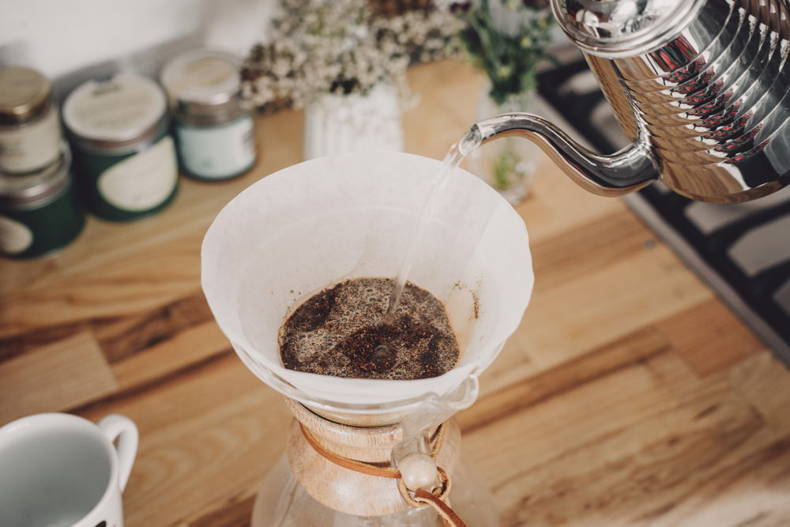
4Wait 30 - 60 seconds after the water has boiled until the optimal infusion temperature of around 96° C is reached. First moisten the ground coffee in the filter evenly with a small amount of water in circular movements. The aim is to soak the entire powder, while at the same time ensuring that as little coffee as possible drips through the filter. You will see how the coffee starts to rise in the following 30 seconds (the so-called "Bloom"). During this time of bloom, carbon dioxide (CO2) gases escape from the coffee. The coffee becomes heavier and adheres more strongly to the filter. This favors a more even extraction.
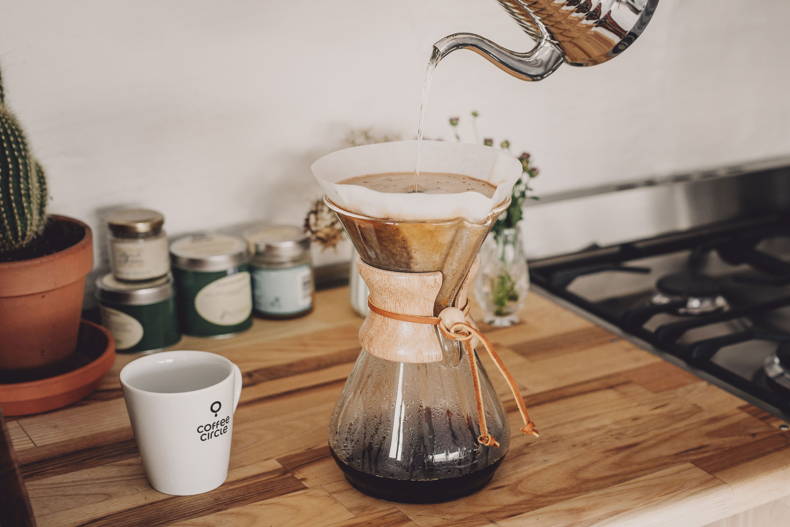
5Pour hot water.
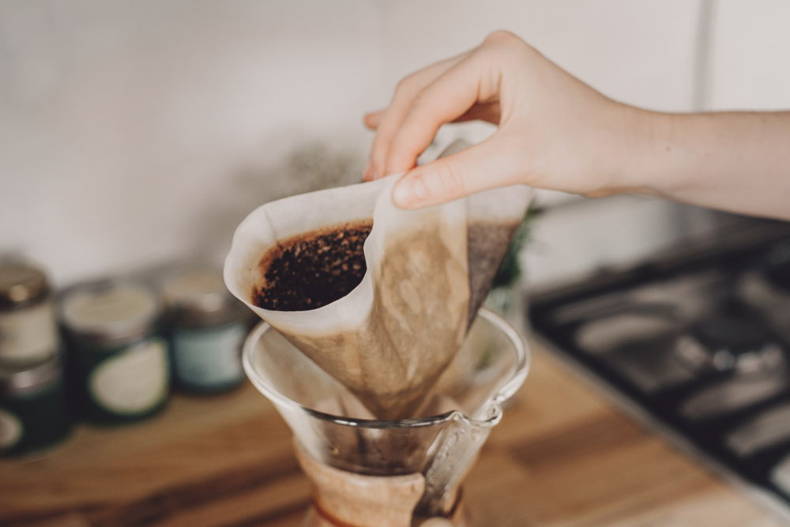
6Try to pour in such a manner that the desired amount of water passes through completely and the extraction does not have to be stopped. When the water has completely passed through, the ground coffee should be distributed relatively evenly in the filter. Remove the filter and swirl the carafe to blend the coffee.
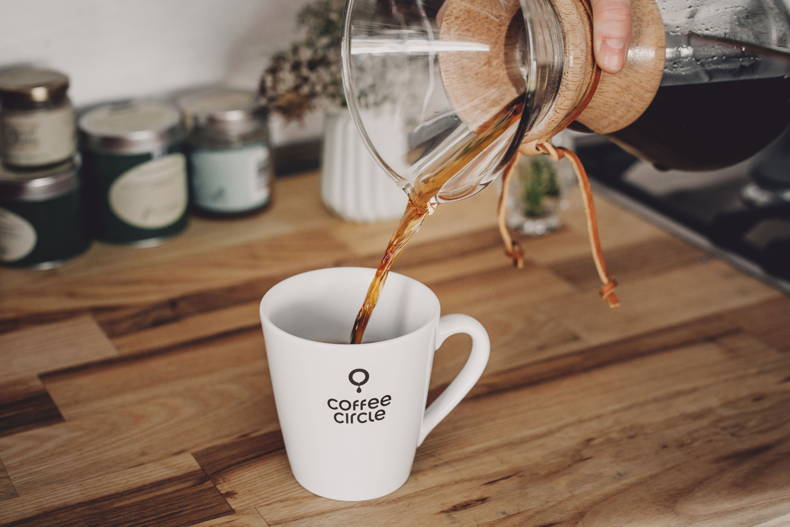
7Chemex carafe is very aesthetic not only in design. Coffee filtered through the Chemex has a slightly reddish color and emphasizes the slightly sweet nuances of coffee.
Help, my coffee's doesn't taste well!
Your coffee tastes different than expected? We will show you how to positively influence the taste of your cup of coffee and what you should look out for if your coffee doesn’t taste the way you want it to.
